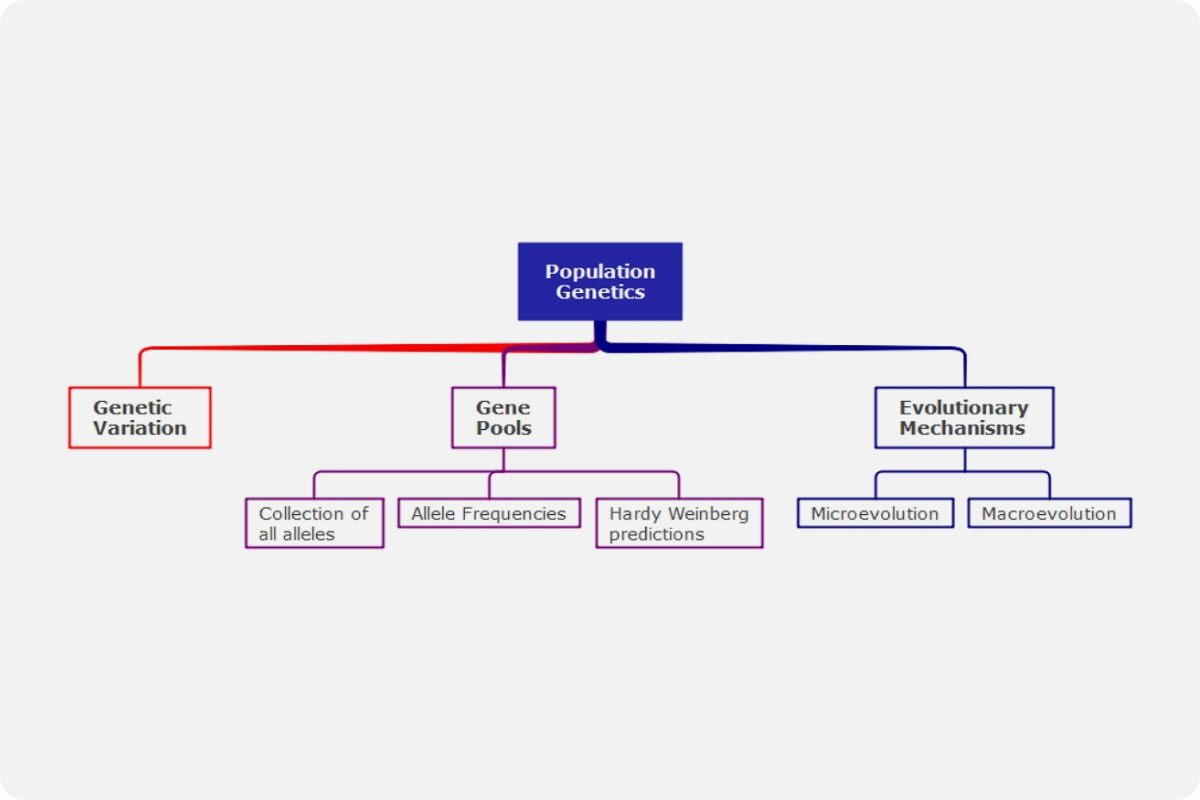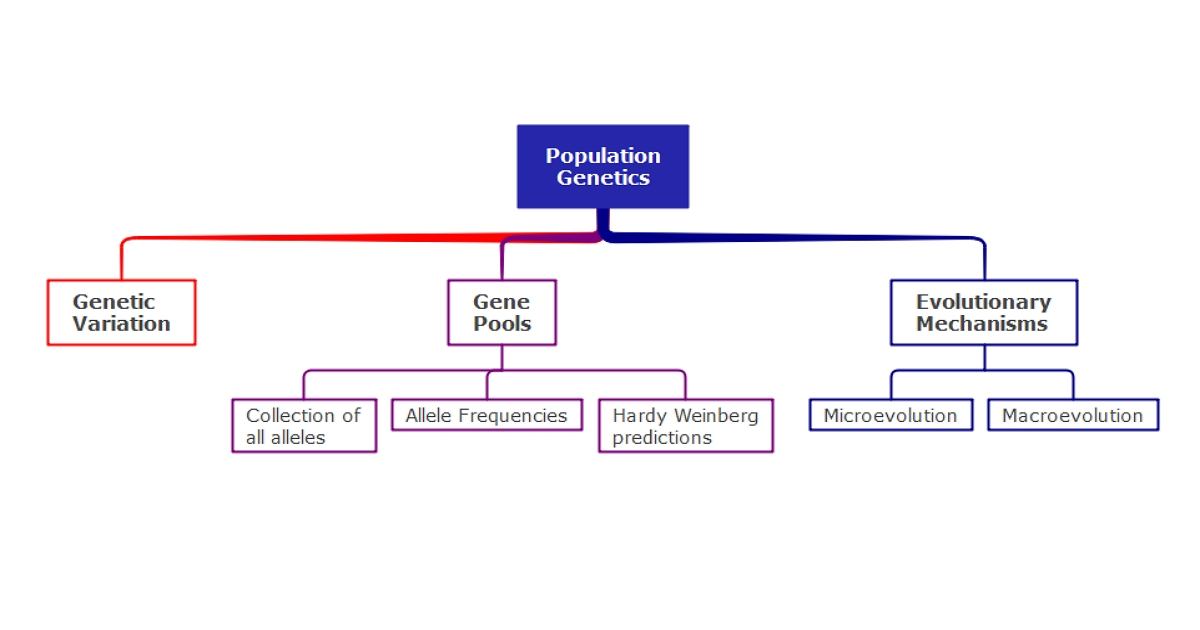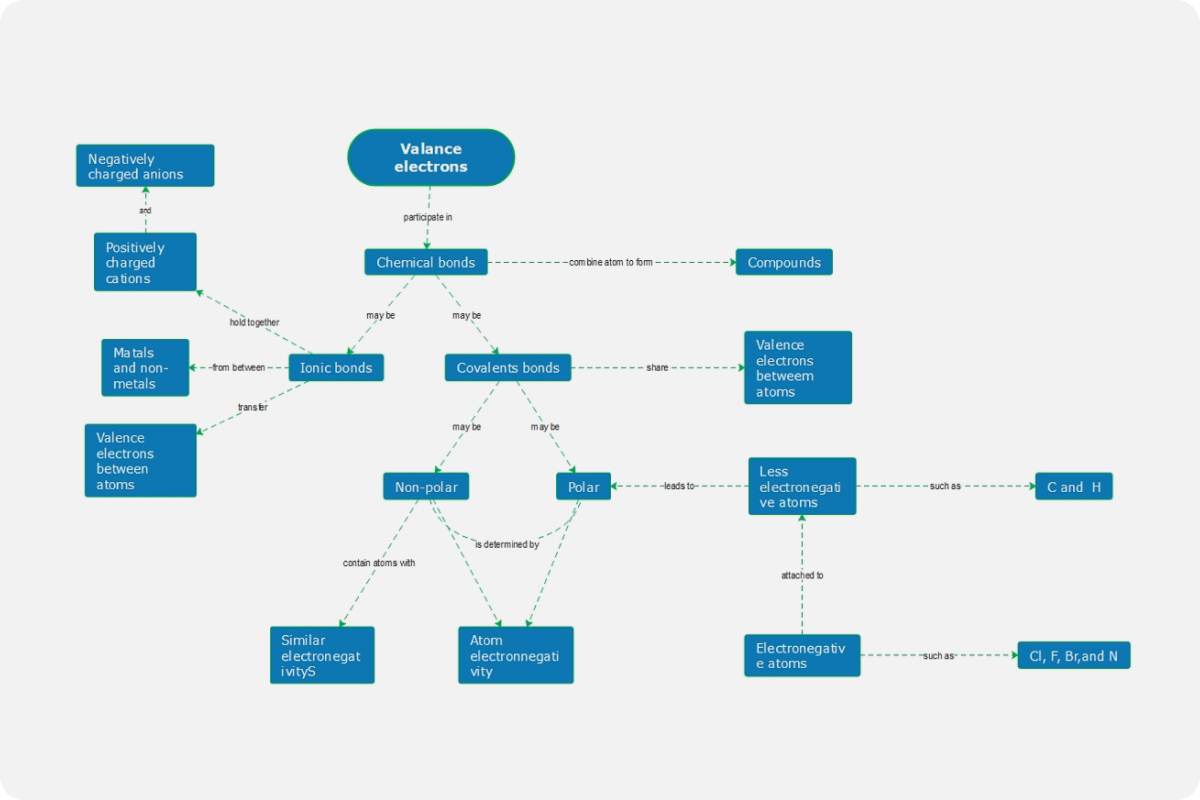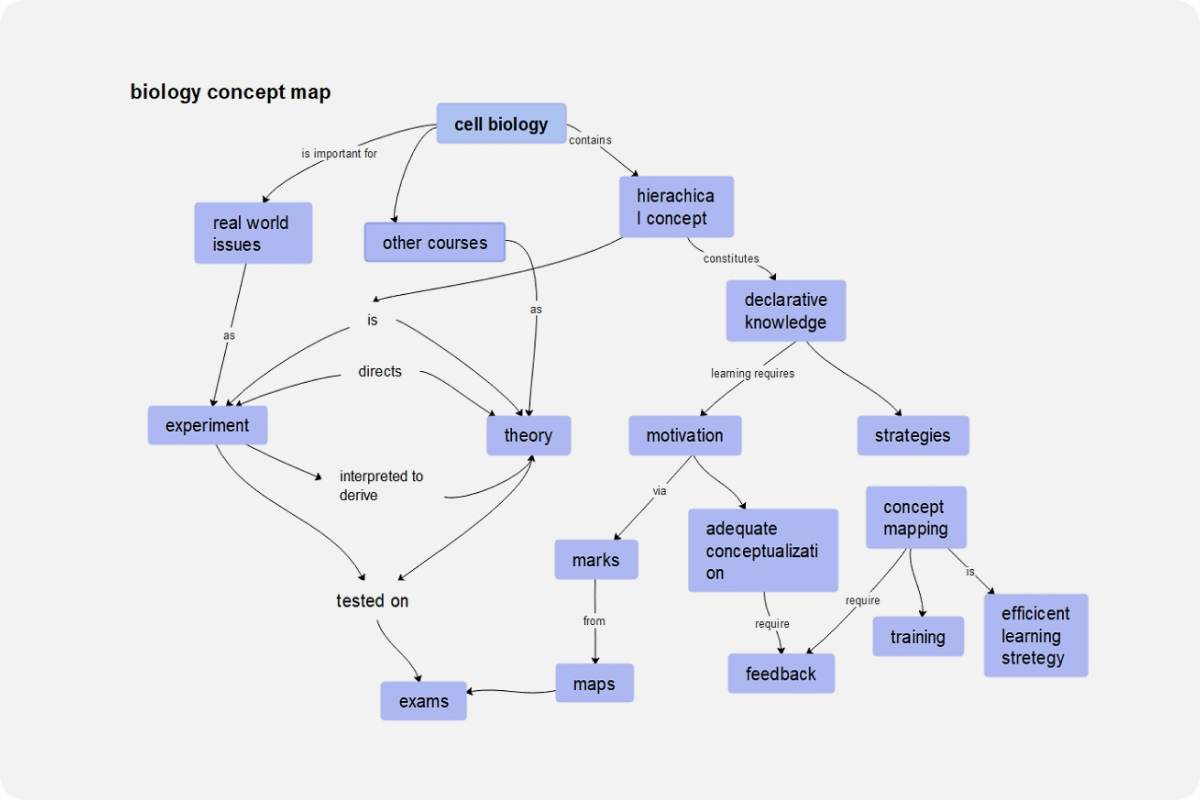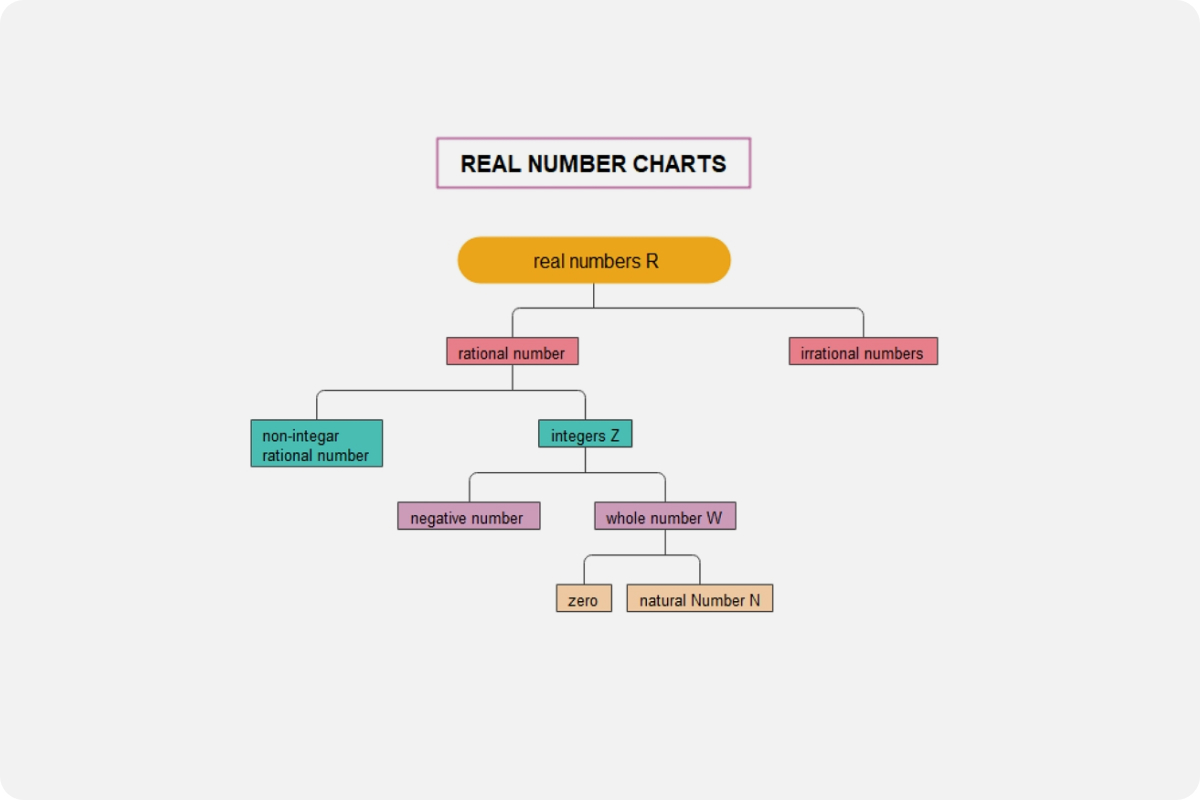What is genetics?
Genetics is the study of genes to understand what they are and how they function. Living beings acquire features or qualities from their forebears through genes. For example, children often resemble their parents because they received their parents' genes. Genetics aims to figure out which qualities are transmitted and how they are handed down through generations.
Genes are made up of DNA, a lengthy molecule that is duplicated and passed down through generations. Within this enormous molecule, DNA is made up of simple units that line up in a certain order. Similar to how the sequence of letters on a page contains information, the order of these units transmits genetic information. The genetic code is the language that DNA uses to communicate with organisms, allowing them to access the information stored in the genes. This data sets the guidelines for building and running a live creature.
History of genetics
Mid to Late 19th Century
The beginnings of genetics may be traced back to the emergence of evolutionary ideas. After Charles Darwin and Alfred Russel Wallace's study, the genesis of species and how species diversity was established in 1858. They detailed how new species have evolved as a result of evolution, as well as how natural selection aided in the emergence of new forms. They were, however, unaware of the function that genes played in this event.
At the same time, an Austrian priest named Gregor Mendel defined heredity as a particle that doesn't even change and is passed down through generations. Even today, his work serves as the foundation for comprehending genetic concepts. Haeckel also properly anticipated that the hereditary material was situated in the nucleus during this time. The substance in the nucleus, according to Miescher, is a nucleic acid. Around this period, chromosomes were found as genetic information-carrying units.
Mid-20th Century
The substance in the nucleus was discovered to be a nucleic acid in the 1870s. Between the 1920s and the mid-1950s, DNA was discovered to be the genetic material. Watson and Crick identified the structure of DNA in their pioneering work at the time, and others speculated that DNA carried a genetic code. In the 1960s, the code was found.
Mid-late 20th Century and Early 21st Century
The concepts of molecular biology and genetics were born during this time. Around this period, a variety of advanced technologies began to enter the knowledge base. Molecular biology, recombinant DNA technologies, and biotechnology approaches were all covered.
During this period, researchers found techniques of radiolabeling DNA with radioactive or fluorescent tags for the development of prophylactic and treatment approaches as well as research instruments. Restriction enzymes were identified and utilized to create recombinant DNA molecules containing foreign DNA that could be produced in bacterial strains in large quantities.
How does genetics work?
Your genes — the blueprint for your body – is stored on your chromosomes. Just about every cell in the human body has a duplicate of this blueprint, which is typically kept in the nucleus, a unique sac within the cell. Long strands of a chemical compound called deoxyribonucleic acid make up chromosomes (DNA).
The shape of a DNA strand resembles a twisting ladder. The genes are strung down each edge like a sequence of letters. These letters are used in the same way as a manual is used. Each gene's letter sequence carries instructions for making certain molecules, which are both necessary for human growth and repair.
Even though each gene is duplicated in every cell, each cell only requires the activation of a subset of genes to accomplish its activities. The genes that aren't needed are turned off. A change in a gene can sometimes cause the gene's instructions to be disrupted. A gene alteration might happen randomly (with no known reason) or it can be inherited. Changes in the coding that allows a gene to operate can cause a variety of problems.
Genetics concept map examples
Example 1
Genetic concept maps can be highly helpful in learning and revising everything about genetics. Genetics is a vast topic, and things can get out of hand if we do not know what to study. A genetic concept map helps in summarizing the information and categorizing genetics with its characteristics, inheritance, structures and store information. With important key points and keywords, learning genetics becomes easy with a genetic concept map.
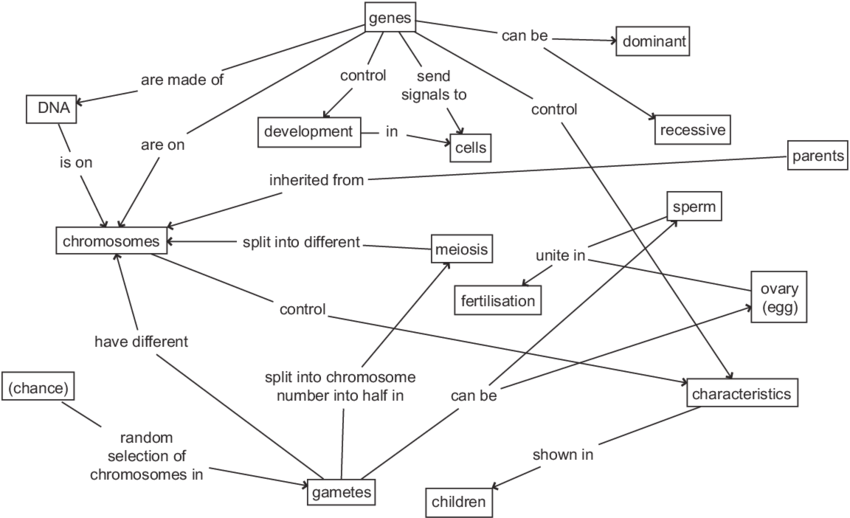
Source: mindomo.com
Example 2
DNA is like the backbone of Genetics and works as a building block, so learning about them when studying genetics is very important. To properly learn what does DNA does and what are its structure is very important. With mind maps, you can make these visual cues and learn with keywords that summarize the whole point.
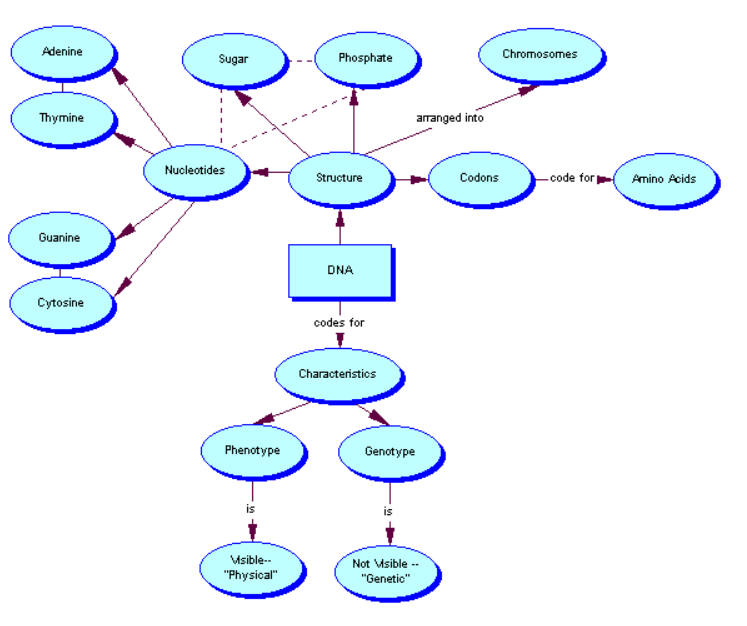
Source: okstate.edu
Example 3
Genetics has a lot of variations and mechanisms, and having an understanding of both of these is very important to truly understand how genetics work. With this genetic concept map, it's easy to see the connection of all the populations, variations, and evolutionary mechanisms of genetics.
